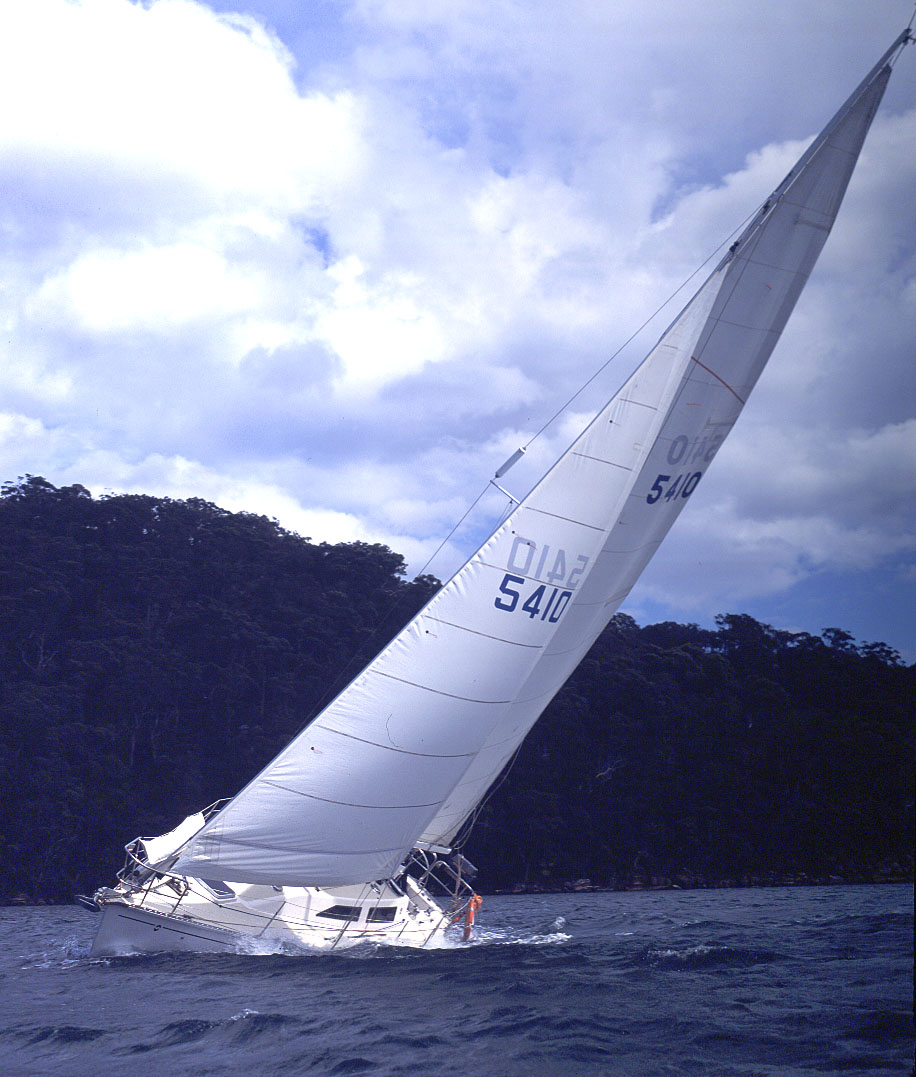Pastime in GIZO
Log reads 2,910NM.
We have travelled over
5,100Km since leaving Sydney. We are also less than 500NM from
the equator
and over 1,000Km West of when we rounded the bottom of New Caledonia on
the
way to Vanuatu.
We are spending a couple of weeks in the general
vicinity of Gizo, before heading
further NorthWest on exploration of the
Western Province. Some visiting of old friends
and some exploration of new
areas.
We have restocked from the markets and caught up with friends
here, including
Bishop Bernard and many others.
We have been moving
anchorages, preferring the lee of Logha Island most of the time.
It is away
from the hustle and bustle of Gizo and very protected.
Yesterday, we
took the yacht to Nusatupe Island. This is an atoll which is 90%
the
airstrip for Gizo. We anchored off the Western end- just out of the way of
aircraft which land from this end. We were disappointed by the snorkelling
as
the coral has been severely degraded since we were last here. The same is
true
of the snorkelling around Logha. It seems that global warming, a major
earthquake
and people damaging the reef system have all played a part.
Later that day was much more of a highlight. We called our friend Cletus
on the radio.
He manages the Clam Farm on Nusa Tupe and has worked there
over 10 years. In all our
times here, we have never got around to visiting
the farm.
There are many aspects to the clam farm, which has been
running for 20 years and is
funded by "World Fish"- an international
organisation. basically, they breed and
cultivate clams which are then sold
to the aquarium market. They have also
introduced programs whereby villages
"adopt and look after" small clams for a
year or so. When these clams are
sold, the villages receive a percentage.
They are also cultivating black
pearls and again some of the work will happen at
village level. Other work
is being carried out on corals, Beche de Mer.
After touring and learning
of the research work from Ian, a visiting
NZ Marine Biologist, we were taken
out to the
netted enclosures where the clams grow. Further out on the edge
of the reef
were the really BIG clams- over a metre across. There were
hundreds, perhaps
even thousands of clams. The fact that this is a Marine
Sanctuary also means
that the fish life was exceptional. Wow- what a day!
There is even a resident
Dugong, but he/she usually comes out in the evening
and we were too early.
Regards,
The CREW

